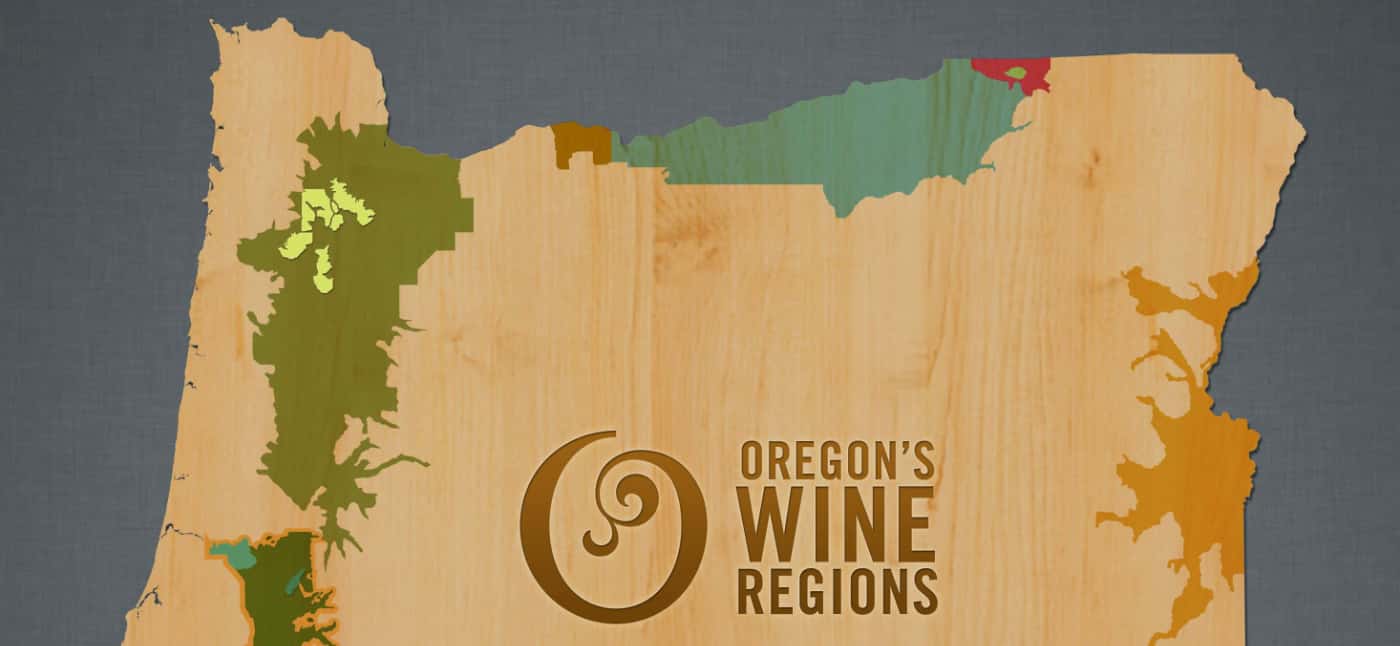
Location: The Rocks District of Milton-Freewater is situated in the Walla Walla Valley in northeastern Oregon, 25 miles northeast of Pendleton, OR and 5 miles south of Walla Walla, WA. The AVA derives its name from the extremely rocky soils that underlie a region just north of the small town of Milton-Freewater. With an area of only 5.9 square miles, The Rocks District is the second smallest AVA in Oregon. The Rocks District is wholly contained within both Walla Walla Valley and Columbia Valley AVAs.
Wine history: Wine grape production in The Rocks District was initiated by Italian emigrants who first arrived in the area in the 1860s. By the early 1880s the region was producing thousands of gallons of wine, mostly for consumption by miners in the gold fields of northern Idaho. A series of very cold winters in the late 1880s, combined with the end of the gold rush, forced the farmers to turn most of their vineyards into orchards. However, many farmers maintained small vineyards and continued to produce limited quantities of wine for family and friends. Isolated wild vines that are the remnants of these small family vineyards can still be found in The Rocks District. The modern era of wine production began in 1996 when Frenchman Christophe Baron rediscovered the area, noting the similarity of its soils to those of the famous French wine region of Chateauneuf du Pape. The wines Baron produced from his vineyards received instant acclaim from critics, who noted their sumptuous aromas and unique flavor profile. Baron attributed these very special qualities to the rocky terroir of his vineyards. Other vineyards were soon planted by winemakers hoping to capture the unique terroir of the region that had come to be known as “the rocks.” By 2012, the cobbly soils near Milton-Freewater hosted more than 200 acres of vineyards and in 2015 the area was approved as Oregon’s 18th AVA.
Climate: The Rocks District receives an average of 15 inches of annual precipitation, which is insufficient for agriculture, so the vines are irrigated from wells and with water from the Walla Walla River, derived from snowmelt from the adjacent Blue Mountains. Most days during the growing season are sunny and clear with very low humidity, so large daily temperature variations are common. During summers, the region often experiences 5-10 days with temperatures exceeding 100°.
Soils: The unique soils of The Rocks District of Milton-Freewater are its defining characteristic. They consist of pebbles and cobbles of basalt (a dark volcanic rock) in a matrix of sand and silt. The rock soil is extremely well drained, encouraging the vines to root deeply, and the dark rocks efficiently transfer heat into the soils and radiate heat to the ripening grapes. The Rocks District is the only AVA in the United States whose boundaries were determined by a single land form and a single soil series.
Topography: The Rocks District occupies a very gently sloping alluvial fan that was deposited by the Walla Walla River where it exits the foothills of the Blue Mountains and enters the broad flat floor of the Walla Walla Valley. Elevations range from 800 to 1000 ft.